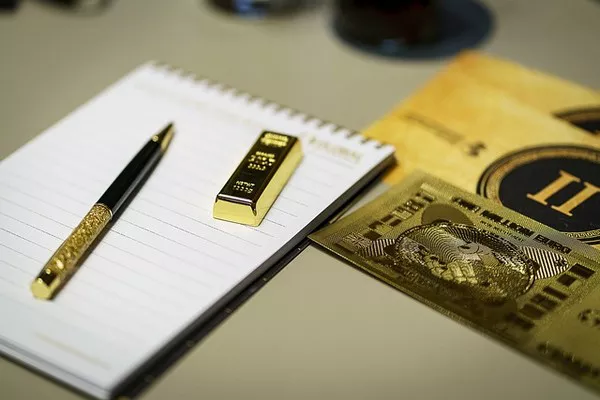Gold has been a symbol of wealth and status for centuries, captivating the human fascination with its timeless allure. Whether passed down as a family heirloom or acquired as a personal investment, owning a gold chain is a cherished possession. However, with the market flooded with imitations, it becomes crucial to distinguish between genuine gold and counterfeit replicas. In this article, we will explore the various methods to determine the authenticity of a gold chain, helping you make an informed decision and safeguard your investment.
Hallmarks and Stamps
One of the most reliable indicators of a genuine gold chain is the presence of hallmarks and stamps. These tiny markings are imprinted on the jewelry to denote the purity and origin of the gold. Common hallmarks include karat marks such as 18K, 14K, or 10K, indicating the percentage of pure gold in the alloy. Additionally, manufacturer stamps or logos may be present, providing further assurance of the chain’s authenticity.
It is essential to note that a lack of hallmarks doesn’t necessarily mean the gold chain is fake, as some vintage or custom pieces may not have these markings. However, if hallmarks are present, they serve as a strong indicator of the chain’s legitimacy.
Magnet Test
Real gold is not magnetic, so a simple and quick test involves using a magnet. Place a magnet near the gold chain and observe its behavior. If the chain is attracted to the magnet, it is likely made of a metal alloy and not pure gold. Authentic gold, being non-magnetic, should not exhibit any magnetic properties.
It’s important to note that this test is not foolproof, as some counterfeit gold pieces may still pass the magnet test. Therefore, it is recommended to use this method in conjunction with other tests for a more comprehensive assessment.
Acid Testing
Acid testing is a widely used method by jewelers to determine the karat purity of gold. This test involves applying a small amount of acid to a scratch mark made on the gold surface. The acid’s reaction with the metal indicates the karat purity, as different concentrations of acid are used for various karat values.
While acid testing is effective, it requires a certain level of expertise and is best performed by professionals. It’s not a recommended DIY method, as mishandling the acid can cause damage to the gold and may pose safety risks.
Density Test
Gold has a distinctive density that can be measured accurately. A density test involves weighing the gold chain in the air and then in water. Since gold is denser than most other metals, it will displace less water than an equivalent volume of a less dense metal. By comparing the two weights, one can estimate the density and authenticity of the gold.
This test, however, requires precision and specialized equipment, making it more suitable for professional assessment. It may not be practical for individuals without access to the necessary tools.
Nitric Acid Test
Similar to the acid test, the nitric acid test involves applying nitric acid to the gold surface to observe its reaction. Genuine gold does not react to nitric acid, while other metals, often used in counterfeit alloys, will produce a noticeable reaction.
As with the acid test, this method requires caution and should ideally be conducted by professionals. Nitric acid can be hazardous, and proper safety measures should be followed.
See Also: What Is 1 Gram Of 22 Carat Gold Worth?
Conclusion
Ensuring the authenticity of a gold chain is paramount, given its sentimental and monetary value. While there are various methods to assess the legitimacy of a gold piece, it’s crucial to approach these tests with care and, when in doubt, seek the expertise of a professional jeweler.
Combining multiple tests, such as examining hallmarks, performing a magnet test, and consulting with a knowledgeable jeweler, provides a comprehensive approach to determining the authenticity of your gold chain. By staying informed and vigilant, you can confidently enjoy the timeless beauty of genuine gold while protecting your investment from counterfeit imitations.


